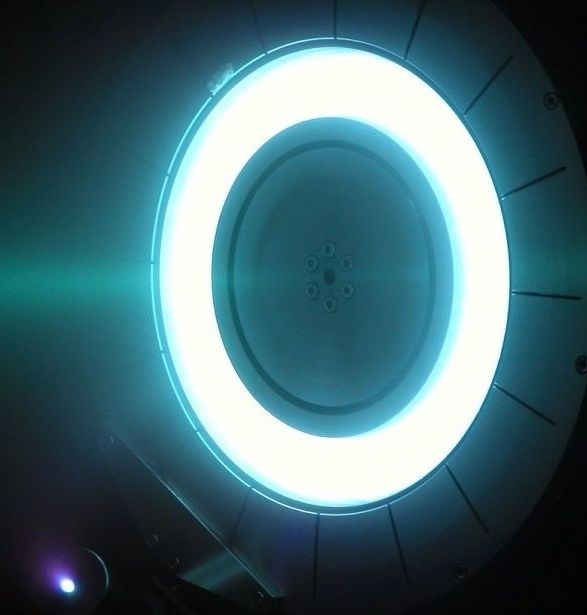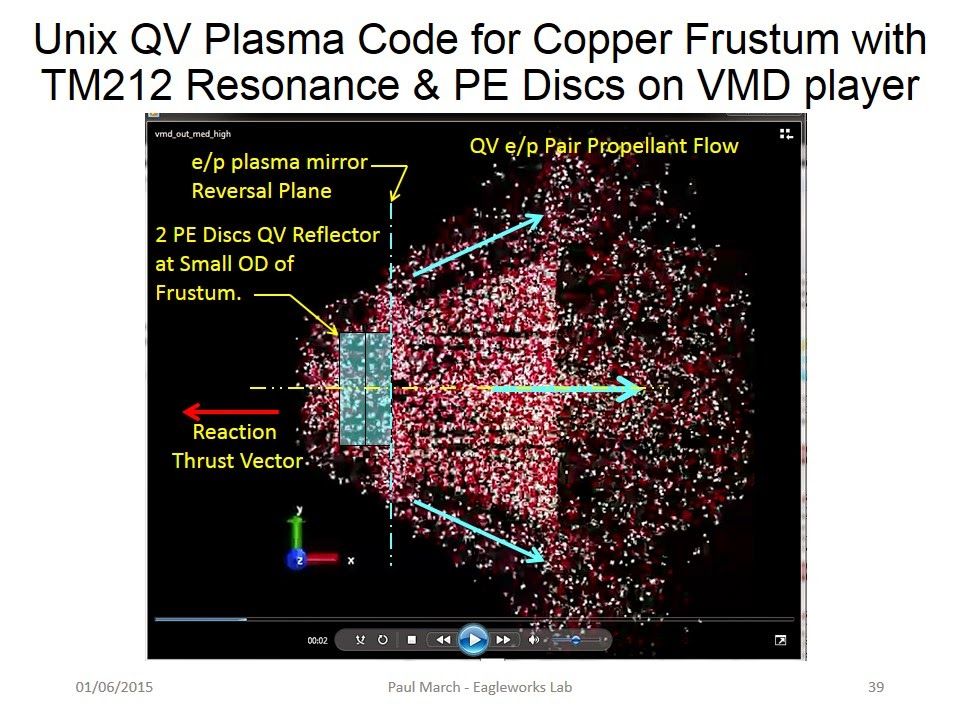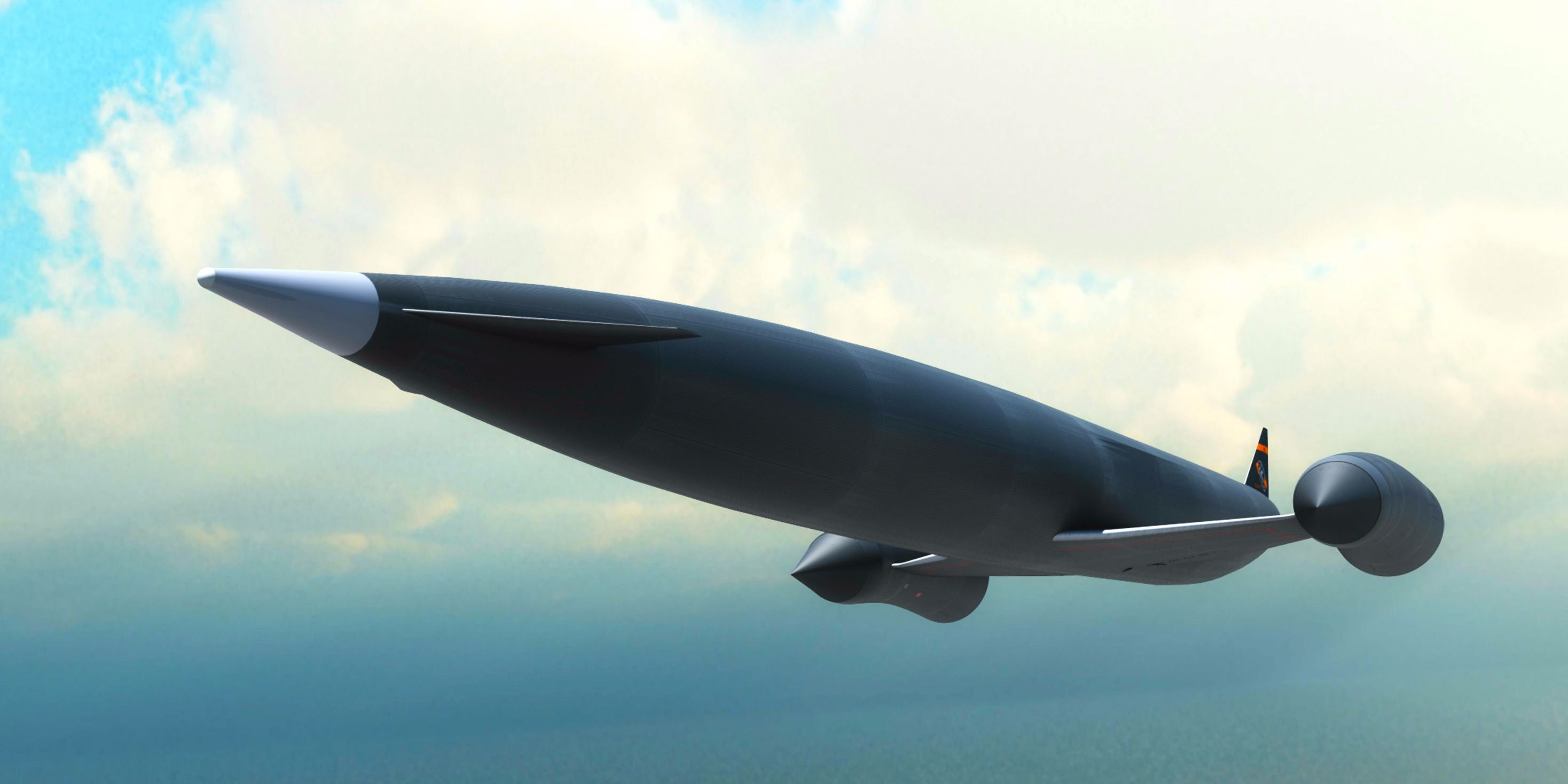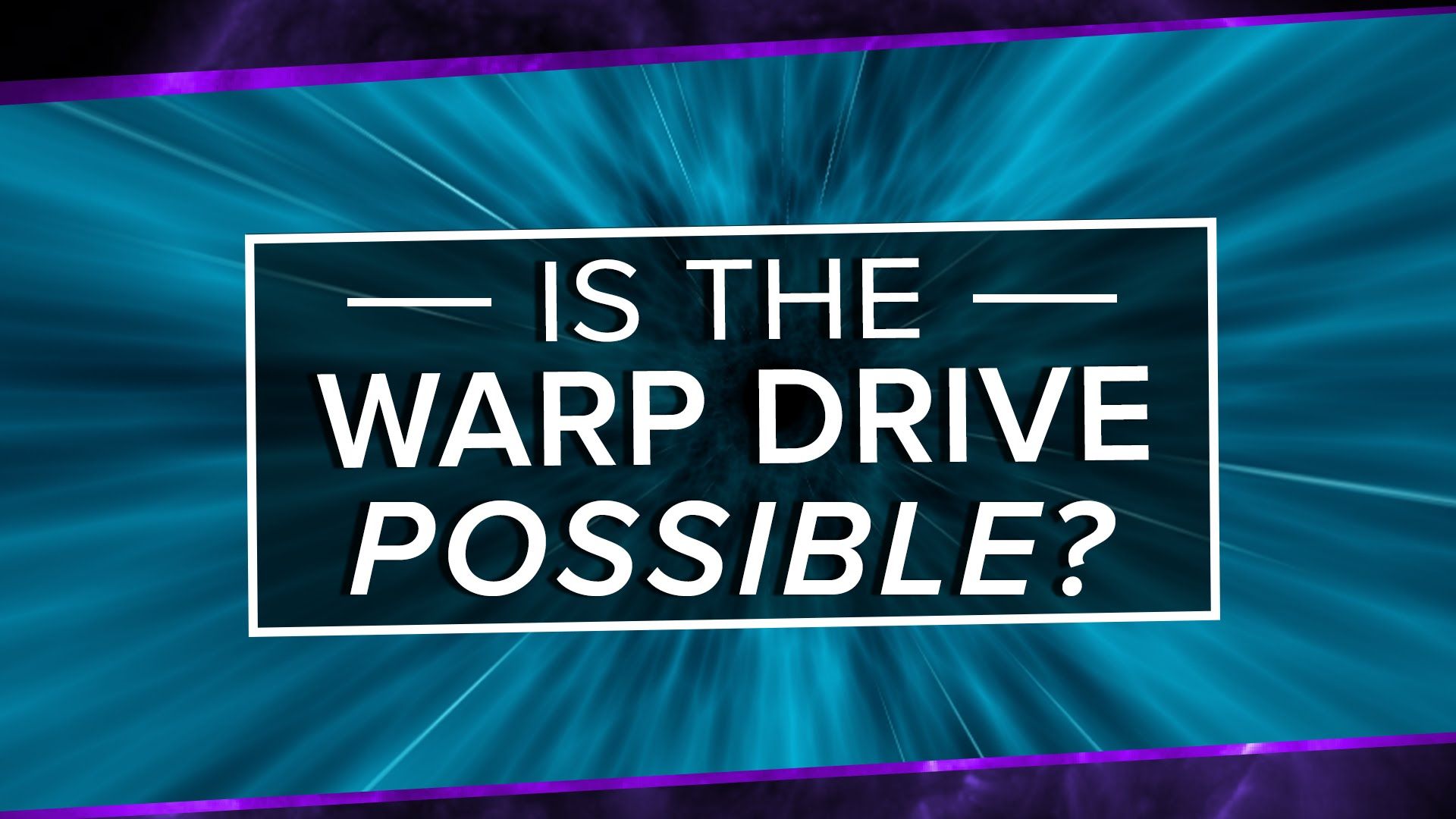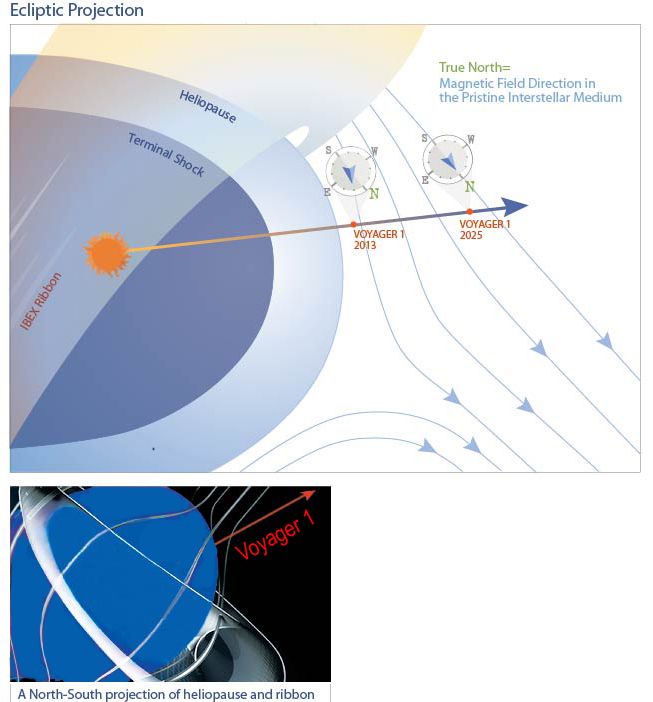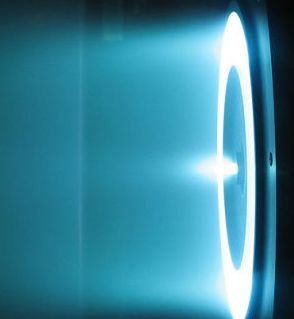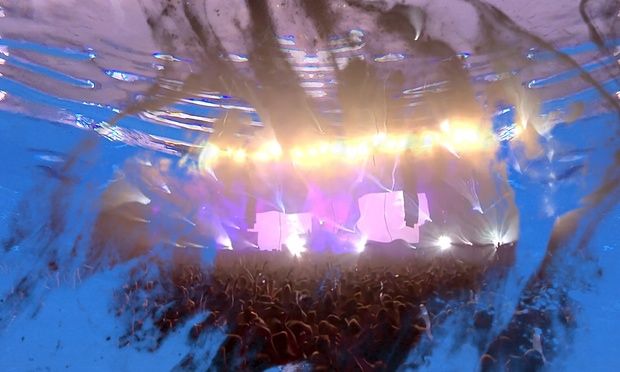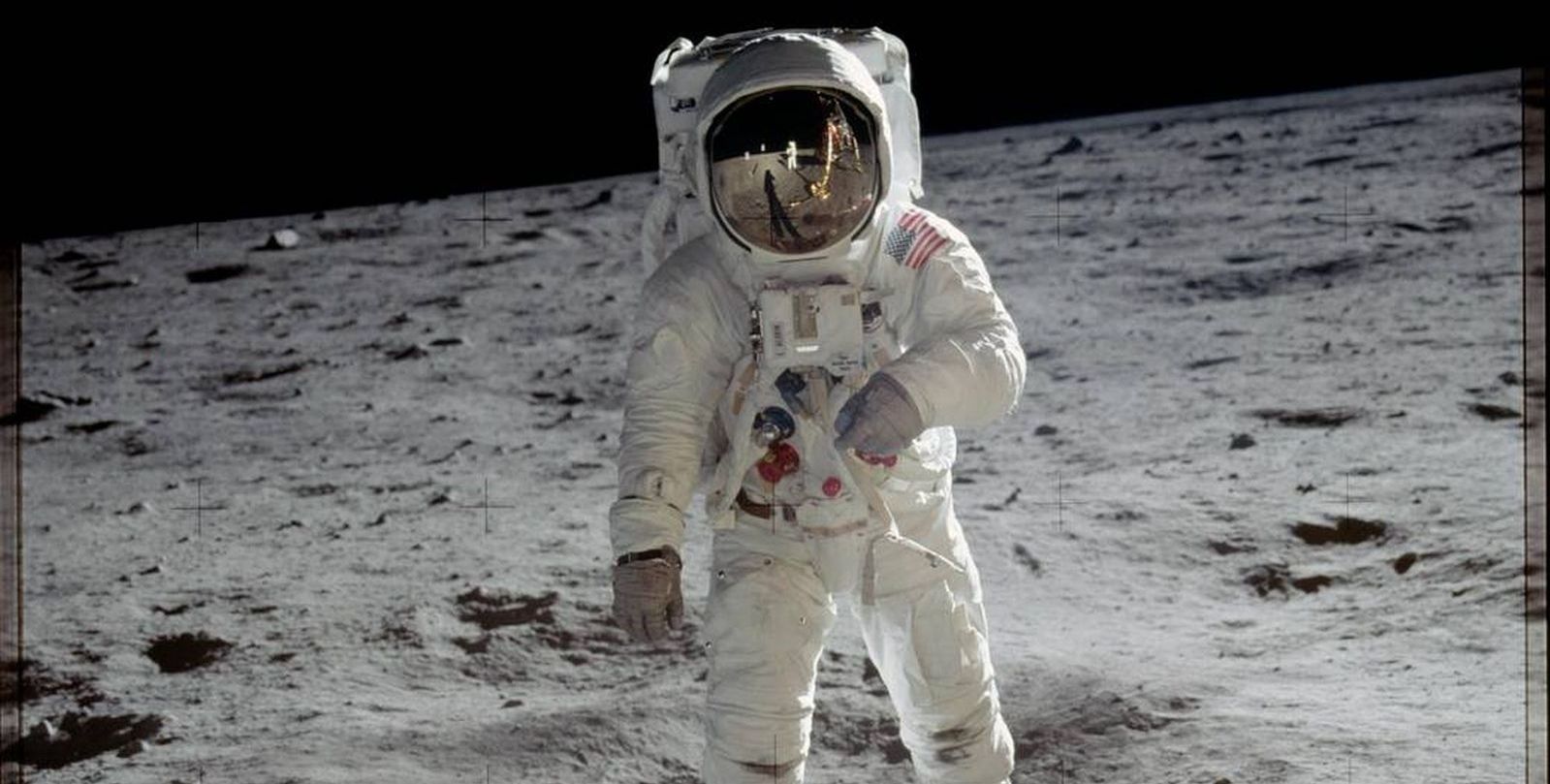
The Russian Federal Space Agency — commonly referred to as Roscosmos — just announced its plans to send humans to the Moon in 2029, RT News reported. It’s part of the agency’s ultimate goal of creating and maintaining a lunar station. Vladimir Solntsev, head of Roscomsos Energia, made the announcement Tuesday at a space and technology conference in Moscow; he noted that they are currently building the spacecraft for the mission now, with its first flight into space planned for 2021.
After its initial flight, the plan is to have the spacecraft dock with the International Space Station in 2023, according to Solntsev. Then in 2025, Roscosmos will send an uncrewed version of the spacecraft to the Moon, before finally sending astronauts in the vehicle in 2029.
It also looks like the European Space Agency may be along for the ride. Two weeks ago, BBC News reported that the ESA had been in talks with Roscosmos to collaborate on sending a lander to the Moon’s south pole. The mission, called Luna 27, would be the first in a series of missions that would eventually return humans to the lunar surface. “We have an ambition to have European astronauts on the Moon. There are currently discussions at international level going on for broad cooperation on how to go back to the Moon,” Bérengère Houdou, head of lunar exploration at ESA, told BBC News.
Read more

